 | Beriah Stevens - Arithmetic - 1822 - 436 pages
...being given, to find the common difference. HULE. Divide the difference of the extremes by the n-imber of terms less one, and the quotient will be the common difference sought, bv theorem 5th. EXAMPLE. 1st. A man had 12 sons, whose ages were in arithmetical progression... | |
 | Daniel Parker - Arithmetic - 1828 - 358 pages
...terms given, to find the common difference. RULE. Divide the difference of the extremes by the numbexof terms less one, and the quotient will be the common difference. 1. The extremes are 5 and 53, and the number of terms are D : what is the common difference ? 53 — 5=48... | |
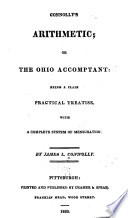 | James L. Connolly (mathematician.) - Arithmetic - 1829 - 266 pages
...the number of terms, given to find the common difference. HULK. Divide the difference of the extremes by the 'number of terms less one, and the quotient will be the com1 mon difference, or fourth term. Or, from the second term subtract the first, and the remainder... | |
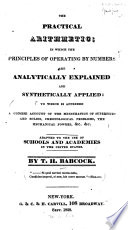 | Arithmetic - 1829 - 196 pages
...of terms arc gif en, to find the common difference, 371. RILE. Divide the difference of the extremes by the number of terms LESS ONE, and the quotient will be the answer. 7. If the extremes be 7 and 315, and number of terms 78 ; what is thr common difference '!... | |
 | James L. Connolly (mathematician.) - Arithmetic - 1835 - 264 pages
...the number of terms, given to find the common difference. RULE. Divide the difference of the extremes by the number of terms less one, and the quotient will be the common difference, or fourth term. Or, from the second term subtract the first, and the remainder divided by the third... | |
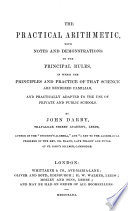 | John Darby (teacher of mathematics.) - 1843 - 236 pages
...terms, to find their common difference. RULE. — Divide the difference of the extremes, by the uumber of terms less one, and the quotient will be the common difference. EXAMPLES. 1. The first and last terms of the series are 2 and 17, and the number of terms 6. Required... | |
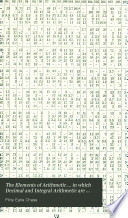 | Pliny Earle Chase - 1844 - 258 pages
...be 8 times the common difference, which is therefore 3. RULE. Divide the difference of the extremes by the number of terms less one, and the quotient will be the common difference. This difference repeatedly added to the less, or subtracted from the greater term, will give the intermediate... | |
 | Pliny Earle Chase - Arithmetic - 1844 - 246 pages
...be 8 times the common difference, which is therefore 3. RULE. Divide the difference of the extremes by the number of terms less one, and the quotient will be the common difference. This difference repeatedly added to the less, or subtracted from the greater term, will give the intermediate... | |
 | Pliny Earle Chase - Arithmetic - 1848 - 244 pages
...8 times the common difference, which is therefore 3. RULE. \ Divide the difference of the extremes by the number of terms less one, and the quotient will be the common difference. This difference repeatedly added to the less, or subtracted from the greater term, will give the intermediate... | |
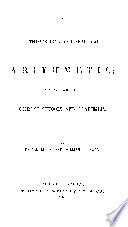 | Daniel Leach - Arithmetic - 1851 - 280 pages
...the two extremes and the number of terms are. known,-— RULE. Divide the difference of the extremes by the number of \ terms , less one , and the quotient will be the common difference. This rule may be represented by the formula, thus ; Let a— .first term, d —common difference, ^last... | |
| |